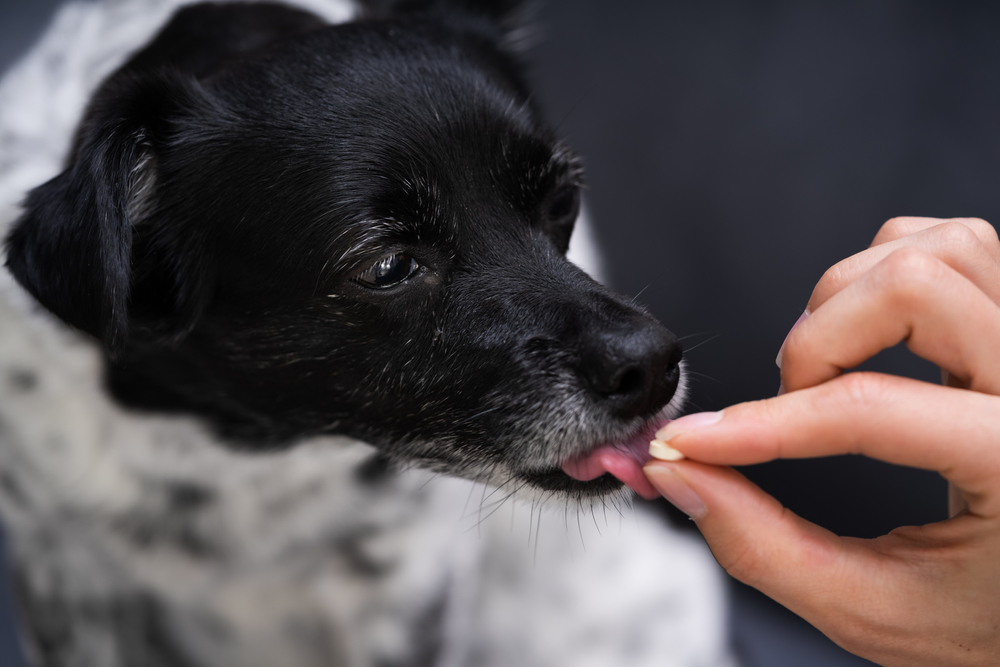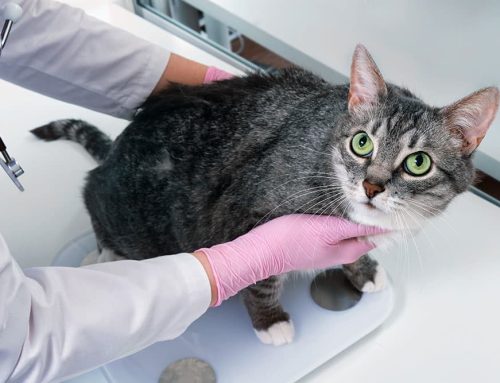No owner wants to see their dog in pain, and seeing them limp can be upsetting. Dogs limp for many reasons, and —to address the problem effectively—your veterinarian must identify the cause. Our Mobile Cat & Dog Vet team understands your concern for your dog, and we answer frequently asked questions about dog limping, so you know what to do if your four-legged friend is favoring a limb.
Question: What are common reasons dogs limp?
Answer: Any condition that causes pain or disrupts a dog’s ability to move can cause your furry pal to limp. Common causes include:
- Injured paw pad — The soft, rubbery tissue that covers your dog’s paws can be injured if your four-legged friend steps on a sharp object or walks on a hot pavement.
- Torn toenail — Dogs enjoy digging, and they can easily tear a toenail, exposing sensitive tissue and causing significant bleeding. These injuries can be extremely painful for dogs.
- Osteoarthritis (OA) — OA is a progressive degenerative disease that causes the cartilage cushioning joints to deteriorate. This deterioration leads to a pet experiencing significant pain, inflammation, and decreased mobility. About 25% of dogs are affected, and this condition’s prevalence increases as dogs age.
- Cranial cruciate ligament (CCL) injury — CCL injury is the most common cause of dogs’ hind limb lameness, and typically results from progressive deterioration. Rottweilers, Labrador retrievers, and Saint Bernards have an increased risk for a CCL injury.
- Hip dysplasia — Hip dysplasia is a developmental disease that causes hip joint loosening, leading to joint instability, which causes arthritis. German shepherd dogs, Labrador retrievers, and golden retrievers have a high risk for hip dysplasia.
- Fracture — A bone fracture can cause your dog to limp.
- Tick-borne disease — Tick-borne diseases, such as Lyme disease, Rocky Mountain spotted fever, and ehrlichiosis, can cause your dog to limp, which typically shifts from one limb to another.
- Cancer — Cancers affecting soft tissues, bones, or joints can cause your dog to limp.
Q: Does my dog need veterinary care if they have a limp?
A: If your dog has a limp, your veterinarian should evaluate them, especially if the limp doesn’t resolve after a few days. However, most issues that cause limping are not veterinary emergencies. Situations that require emergency veterinary care include:
- Severe pain — If your dog is exhibiting extreme pain signs, such as vocalization, panting, trembling, or unwillingness to move, a veterinarian should evaluate them as soon as possible.
- Excessive bleeding — If your dog has a large wound or a wound that bleeds excessively, they need emergency veterinary care.
- Obvious fracture — If your dog has an obvious fracture or dislocation, they need emergency veterinary care to alleviate their pain and help prevent potential serious secondary problems.
- Large swelling — A large swelling may indicate a serious condition or injury that a veterinarian should assess as soon as possible.
- Limb dragging — Limb dragging can indicate a serious issue involving your dog’s spinal cord, and indicates emergency veterinary care.
- Other signs — If your dog is limping and exhibits other signs, such as lethargy, disorientation, fever, vomiting, or trouble breathing, they need immediate veterinary care.
Q: What should I do if my dog is limping?
A: Sometimes, your dog’s limping does not require emergency veterinary care. If your dog is limping, and their condition doesn’t indicate an emergency visit, do the following:
- Examine your dog — Try to determine what limb is painful and locate the problem’s source area.
- Clean the wound — If a wound is present, gently clean the area and remove foreign debris. Have someone help if your dog is uncooperative.
- Bandage the area — After cleaning the area, bandage the wound to help prevent contamination.
- Contact your veterinarian — Contact your primary veterinarian to determine how soon your dog should be evaluated.
- Monitor your dog — Monitor your dog’s condition until their veterinary appointment so you can tell them important information such as when the limp is the worst, whether the limp has improved or worsened since the condition started, and any other signs your dog exhibits.
- Don’t administer medication — Human pain medications can be toxic to dogs, so don’t give your dog a drug from your medicine cabinet.
Q: How is my limping dog’s underlying condition diagnosed?
A: Various issues can cause a dog to limp. If the reason for your dog’s limping isn’t obvious, your primary veterinarian will employ several diagnostics to determine the condition’s cause, including:
- History — Your veterinarian will ask for a detailed history about when you first noticed your dog’s limping, how long the limp has been present, and whether the limp has improved or worsened since it began.
- Lameness examination — To determine where the lameness originates, your veterinarian will observe your dog as they move.
- Physical examination — Your veterinarian will thoroughly examine your dog and palpate the affected limb’s joints, bones, and soft tissue.
- Blood work — To assess your dog’s overall health status or to rule out a tick-borne disease, your veterinarian may recommend blood work.
- Imaging — Imaging techniques, such as X-ray or ultrasound, may be necessary to definitively diagnose the underlying cause of your dog’s limping.
Q: How is my dog’s limp treated?

A: Your dog’s specific diagnosis will determine their appropriate treatment. A limping dog’s potential veterinary treatments include:
- Rest — In some cases, rest can help heal the affected area.
- Pain medication — Your veterinarian may prescribe pain medication, such as a nonsteroidal anti-inflammatory (NSAID), which can help reduce inflammation and alleviate your dog’s pain and discomfort.
- Joint supplements — Joint supplements, such as chondroitin sulfate, glucosamine, and omega-3 fatty acids, can help some conditions such as OA.
- Surgery — In some cases, surgical intervention is necessary to address your dog’s limping problem.
If your dog has a chronic limp that significantly affects their quality of life, contact our Mobile Cat & Dog Vet team to determine if they can benefit from hospice and palliative care.








Leave A Comment